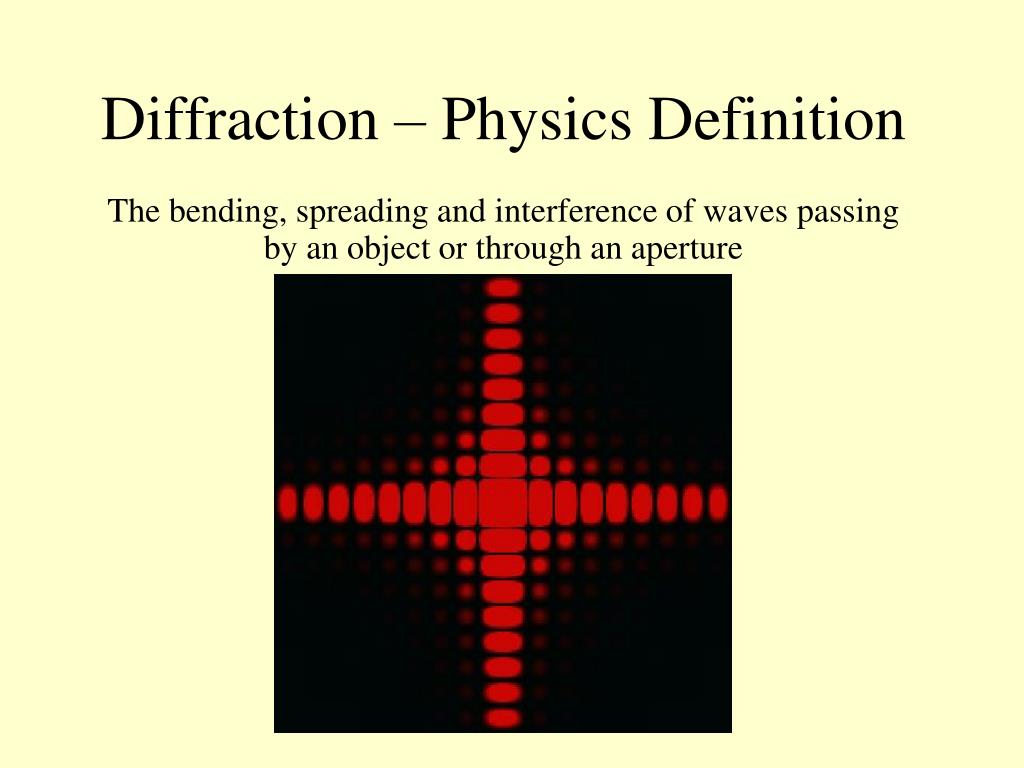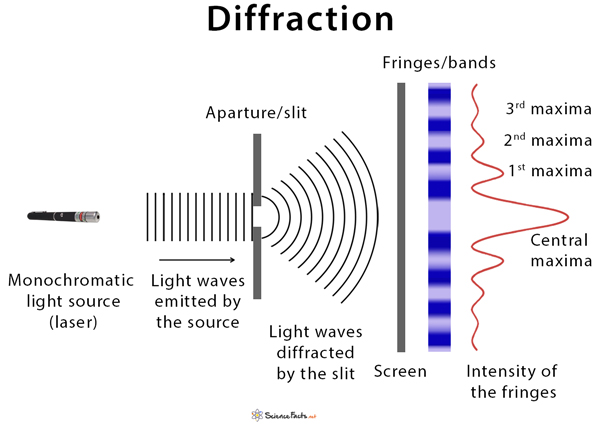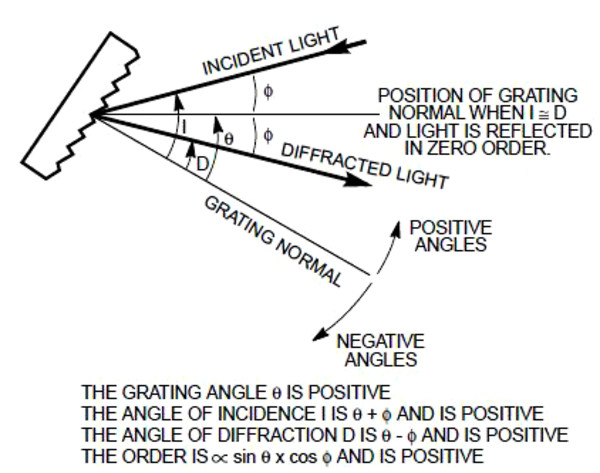
The below diagram shows the X-Ray Diffraction:įrom the above diagram, we see that the X-Ray Diffraction is similar to the concentric circles of magnetic field lines formed around the nail. The atomic planes of the crystal act on the X rays behave the same way as it does with a uniformly ruled grating on a beam of light. X-Ray diffraction is a phenomenon in which the atoms of a given crystal-bearing uniform spacing cause an interference pattern of the waves residing in an incident beam of X rays. M = an integer that can either be positive or negative ፀ i = the angle at which the light incidences,ĭ = the separation of grating elements, and The form of the light diffracted by a grating relies on the structure/orientation of the elements and the number of elements present, but all gratings have intensity maxima at angle ፀ m that are given by the following equation:

The above diagram visually explains the diffraction grating.Ī diffraction grating is an optical instrument with a continuous pattern. There are certain types of diffraction these are as follows: When the obstacle is much larger than the wavelength, no diffraction occurs however, when the aperture is smaller than the wavelength, we find that circular wave fronts are produced. The condition to achieve diffraction is that the dimensions of the hindrance or of the obstacle must be comparable to the wavelength. So, the spreading of light waves around the corners of the obstacle is the diffraction of waves. So, keep scrolling through this page.Ī light wave when encounters a hindrance in its way, bends around the corner or edges of the opaque object. You will get the answer to these questions on reading further. What happens to water waves when they encounter a stone along their path? Do they revert or continue moving on their way? What occurs to the shape of waves when they pass through a narrow gap? Do waves possess the same shape as before?

If in an electric circuit, electrons passing through a narrow wire approaches a big container (as a wire), these electrons spread all around, and this scattering is the electron diffraction.Ĭonsider the below diagram to understand the cases mentioned above:ĭo you know what happens to water when you put a finger under the tap? Does water revert to the tap or it continues falling down? Or If the direction of water remains the same as before putting the finger under the tap? As the light is spreading all around the area, this spreading is the diffraction of light. Now, you switch on the flashlight of your mobile phone, and the flashlight emitting at the opened end of the tunnel spreads around.

Let’s suppose that you are stuck in a tunnel and there is no one around to help you come out of it, so you try to call people moving around the tunnel but they can’t hear you. In a loudspeaker, you speak through a small hole, but the voice coming out spreads around the vicinity and that too modulated, i.e., the diffraction of sound. The diffraction of light is similar to the concept of using a loudspeaker. Here, we have discussed the types of diffraction like diffraction grating, Bragg diffraction, double slit diffraction, and electron diffraction.

Diffraction Meaning: It is the process by which a stream of light or wave is spread out as a result of passing via a narrow area or across an edge, generally accompanied by interference between the waveform produced.Ĭonsider a train crossing the tunnel, inside the tunnel the rays of the headlight will remain converged however, as the train comes out of the tunnel, the same light spreads around the area.


 0 kommentar(er)
0 kommentar(er)
